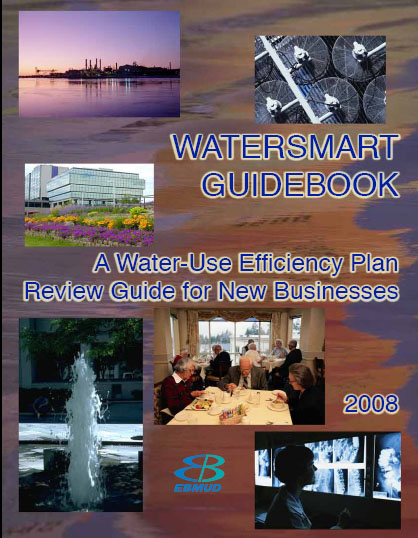The growth of sensors in the "touchless” commercial restroom has been in large part due to the concern for hygiene and health, since fixtures do not need to be touched with the hand in order to activate flow. In the past several years, sensor-activated toilet flush valves and faucet sensors have been a topic of much conversation. Most water efficiency practitioners readily acknowledge that these sensors do not save water but in fact often waste water by flushing more frequently than necessary and turning on the tap for longer than is needed. A number of studies have researched this.
- March 2010 Gauley and Koeller Sensor-Operated Plumbing Fixtures: Do They Save Water? An extensive fixture replacement study was conducted in a major commercial office building in Hillsborough County, Florida, wherein manually activated faucets and toilet flush valves were replaced with sensor-activated units. This study took place over a two-year time period, was comprised of 4 phases, and used data loggers to determine what changes in water consumption resulted from such replacements. The study analysis showed that the replacement of manually operated commercial toilet flush valves with sensor-activated valves resulted in a 54 percent increase in water consumption. For urinals, water use dropped by a small amount.
- June 2012 IAMPO Magazine Article



